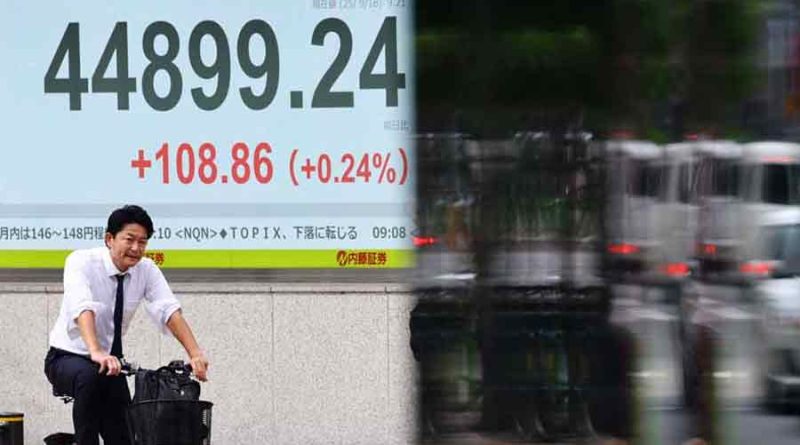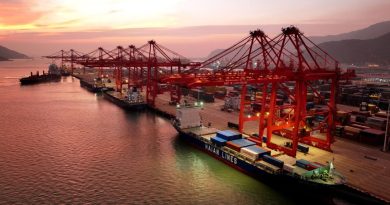Asia (excluding China) has attracted nearly $100 billion in capital inflows over the past nine months as global investors seek to diversify their portfolios beyond the United States, according to Kevin Sneader, President for Asia-Pacific (ex-Japan) at Goldman Sachs.
“There is incremental flow in this part of the world,” Sneader said at the Milken Institute Asia Summit 2025 in Singapore on Wednesday. “It’s part of a diversification movement, not an exit movement.”
Japan, Tech Among Key Draws
Sneader said Japan has been one of the biggest beneficiaries of this trend, while China’s equity rally since late 2024 has been driven mostly by domestic investors and renewed interest in its technology sector.
Foreign funds are “taking another look” at China, he noted, but warned against over-optimism:
“Part of that money is what I call global hedge fund money — the faster money,” he said. “They’re operating around 60–65 percent of their average holdings. That’s not 100 percent, so they’re not back to where they were.”
Long-term institutional investors such as mutual funds have yet to return to China in significant numbers, Sneader added, though they are “certainly taking a hard look at Asia.”
He pointed out that technology, consumer discretionary, and industrial sectors are seeing robust investor interest across Asia, while healthcare is gaining momentum in private markets.
Globalisation ‘as We Knew It Is Gone’
Speaking at the same event, Dilhan Pillay, Chief Executive of Temasek International, said that “globalisation as we have known it is gone,” citing the growing impact of geopolitics, tariffs, and energy security on investment returns.
“The reconfiguration of supply chains to prioritise resilience over efficiency comes with a cost — like an insurance policy,” he said. “That cost doesn’t go away unless there’s a substitute for the vulnerabilities of relying on one major supply chain.”
Pillay also highlighted artificial intelligence as “the most pervasive force across the political, social, and economic spectrum.”
Temasek, which manages a portfolio worth S$434 billion ($340 billion), reported an 11.6 percent rise in net portfolio value to a record high as of March 31. The US remains its largest investment destination, accounting for 24 percent of its portfolio in the last fiscal year, up from 22 percent a year earlier.






